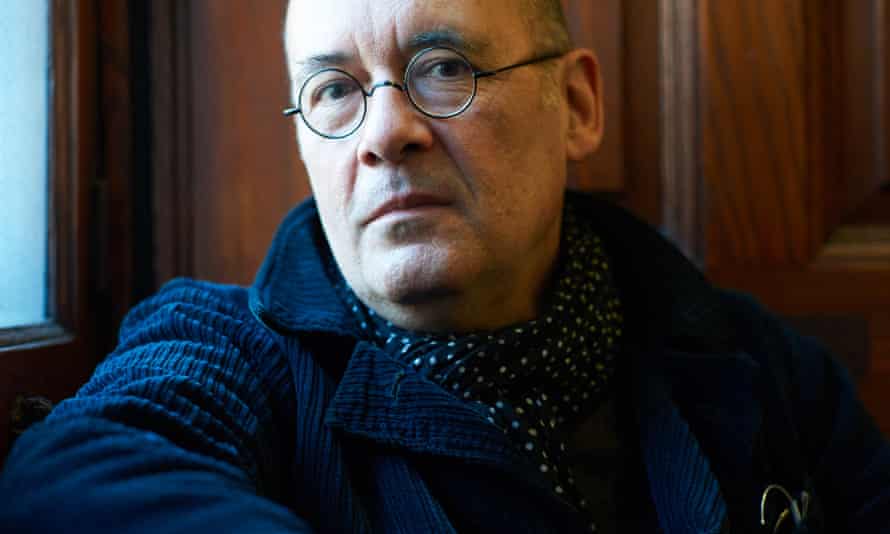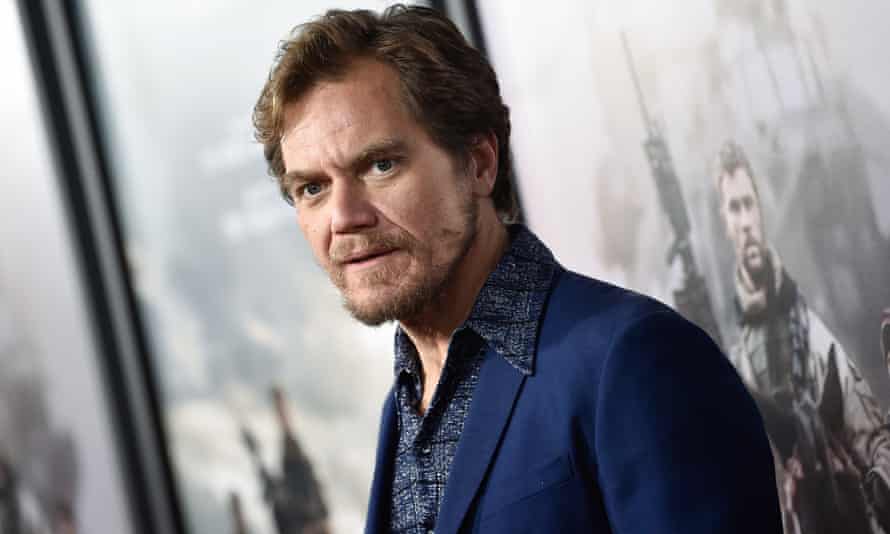Is Bob Dylan a Born Again Christian?
T he acute and sometimes birdbrained angles of Bob Dylan'due south career have teased and infuriated his public for more than half a century. But nothing – not the bizarre Christmas anthology, his no-show at the Nobel ceremony or allowing his music to be used in a Victoria'southward Secret lingerie advertizing – has provoked the degree of derision that greeted his conversion to Christianity at the cease of the 1970s, which is the subject area of a film to be shown on the BBC later this month.
Vainly anticipating the oneiric visions of Mr Tambourine Man and the dazzling surrealism of Desolation Row, his audiences felt betrayed when the seemingly conventional opening line of a new composition – Are you ready? – was followed past a fusillade of more uncomfortably precise demands expressing his newfound faith: "Are you prepare for the judgement? Are you fix for the terrible swift sword? Are you set for Armageddon? Are you prepare for the 24-hour interval of the Lord?"
Many were non. Dylan'southward Christianity was of the earnest, unyielding variety, and listeners who had responded to the sceptical injunctions of his early work – "Don't follow leaders," he had told them in Subterranean Homesick Blues – were repelled by his new allegiance to the Christian deity, even when some of the resulting songs, such every bit Slow Train Coming and Every Grain of Sand, turned out to be pretty proficient.
His friend Allen Ginsberg had a more positive view: "He seemed to be trying to transcend himself into something else, which I thought was healthy," the poet said subsequently attending one of the concerts. Only, equally so oft in Dylan'southward career, it turned out to be a passing phase, lasting from 1979 to 1981. "Jesus himself only preached for iii years," he told a reporter from the Los Angeles Times, possibly with his tongue in his cheek.
The recorded legacy of that brief period was largely disregarded until the release late last year of Trouble No More, a compilation of concert recordings from the built-in-again menstruum, the 13th book of his long-running Bootleg Series of previously unreleased textile. Accompanying the £150, eight-CD deluxe edition of the recordings was a ninth disc containing a new hourlong picture that casts a more benign low-cal on Dylan'southward adventures in evangelism.

Working with newly unearthed moving picture of concerts in the spring of 1980, the director Jennifer Lebeau exploits the shut-up footage to reveal not just the loftier quality of Dylan's performances ("I think he was probably singing better than he'd sung in many years," his guitarist Fred Tackett said) only the degree of his commitment to the message he was trying to put over. This had escaped the attending of stadium audiences in an era earlier the introduction of behemothic screens.
Lebeau was likewise asked by the Dylan army camp to break up the concert footage with one-half a dozen two-minute sermons. Not the ones with which the singer had regaled his audiences almost twoscore years agone but diatribes on designated themes – hypocrisy, virtue, temperance, gluttony, justice and prudence – deputed from the writer and critic Luc Sante.
"My instructions from Bob included one to become piece of cake on the fire and brimstone," Sante – who, at 63, is 13 years younger than Dylan – said this week from his home in upstate New York.
Instead the writer, who was brought up as a Catholic merely had not attended church in l years, constitute inspiration in the recordings of African American preachers of the 1920s. "Men like the Rev JM Gates, the Rev AW Goose egg and the Rev DC Rice were huge sellers in their day. They were southern preachers and their words brought comfort to a nifty many people who had moved north in the Great Migration and were perhaps feeling lonely and isolated."
The sermons are delivered confronting the stained glass windows of an Episcopalian church on New York'southward Upper Due east Side by the actor Michael Shannon, recently seen as a villainous US army colonel in The Shape of Water, the winner of the 2018 Oscar for best film. In a variety of sharp three-piece suits, Shannon stays just this side of a caricature of the typical 1970s televangelist while biting downwardly difficult on Sante'south words: "Justice is non always served on this world! Sometimes the wicked are rewarded and the virtuous are made to suffer. That may happen in this life, but information technology will non happen in the side by side…"

During the Q&A session following a screening of Trouble No More at the New York film festival, an audience member criticised the decision to explore this darker cloth rather than reverberate the beatific spirit of the born-once more movement into which Dylan had been drawn.
Shannon had an answer. "Every bit beautiful a flow every bit this was in Dylan's career, he'due south moved on," the role player said. "In that location's still a lot of pain and suffering in the earth – that sunshiny vibe isn't going to cut it. It's a little more complicated than that."
Of class it'southward complicated. It'south Bob Dylan.
Problem No More than will be screened on BBC4 on 30 March.
Source: https://www.theguardian.com/music/2018/mar/16/fire-and-brimstone-new-compilation-resurrects-bob-dylans-born-again-phase
0 Response to "Is Bob Dylan a Born Again Christian?"
ارسال یک نظر